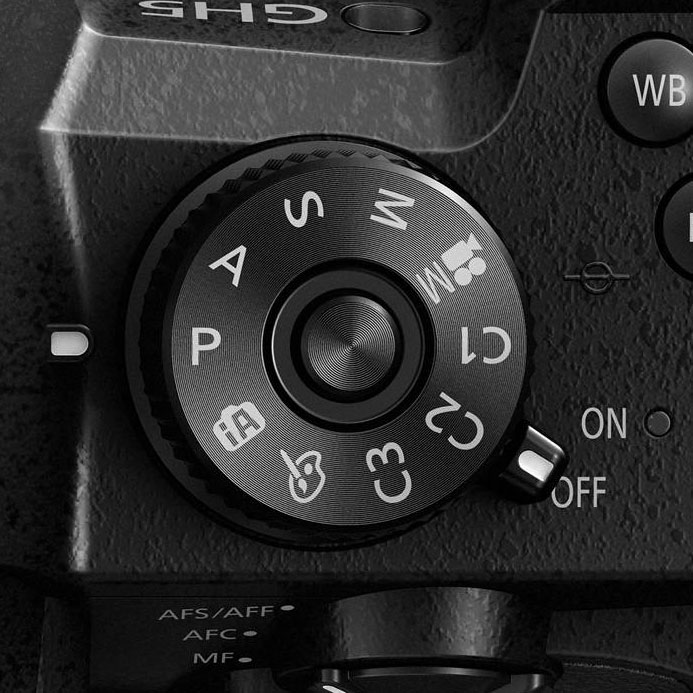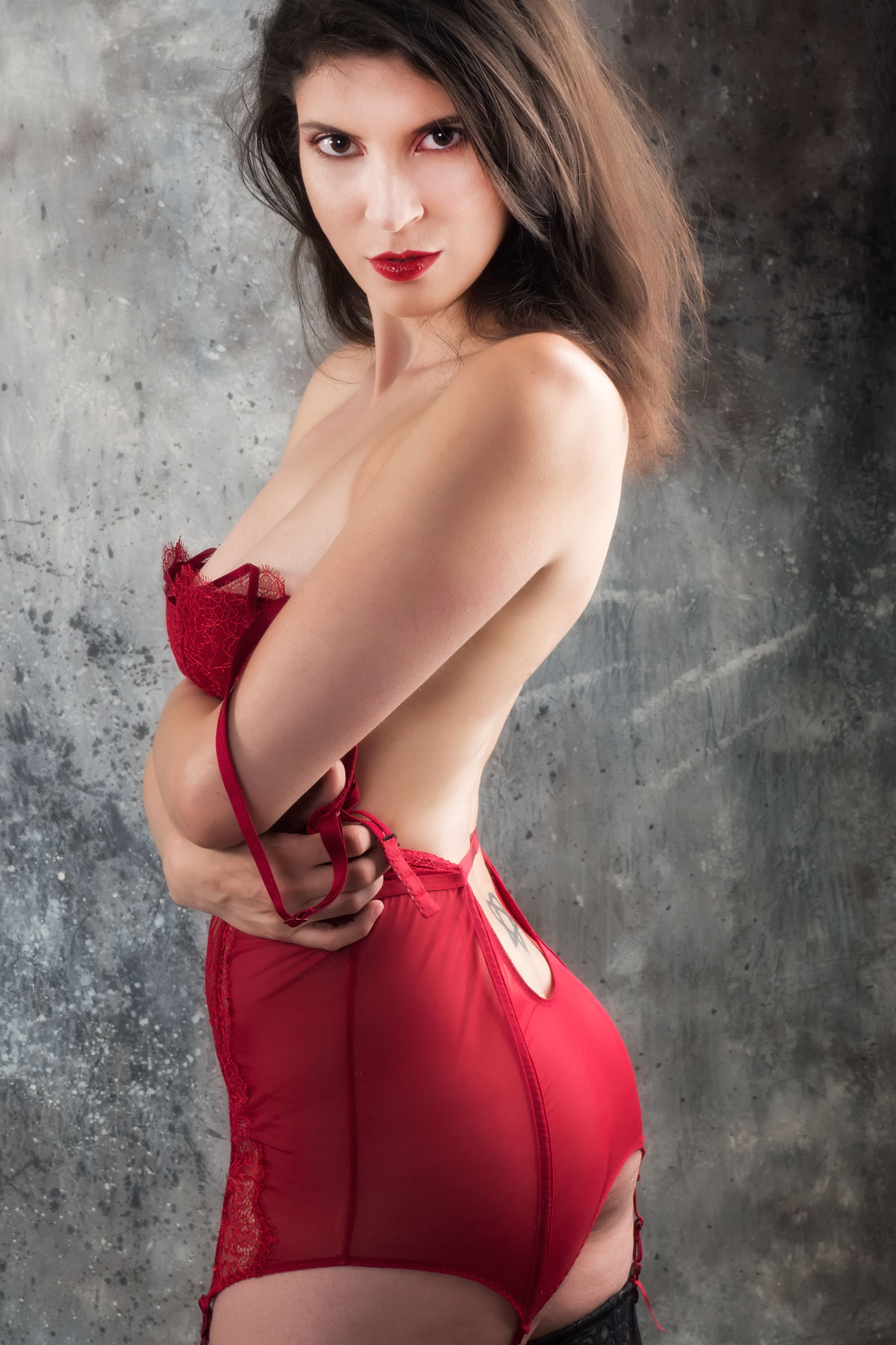Today’s Post by Joe Farace
 I was recently scrolling through an on-line modeling site when I saw a notice in one of the model’s profiles where she stated she would only work with photographers using DSLR’s—sorry, mirrorless camera and film SLR shooters—and who would only photograph her in manual mode. A few years ago I was teaching at the Palm Beach Photographic Centre and some of my students asked why I wasn’t shooting in Manual mode. I said I preferred using the mode that fits the subject. An instructor at another workshop they attended told them she only shoots in Manual mode because it was the purist form of photography. Me, I’m not a purist just take pictures.
I was recently scrolling through an on-line modeling site when I saw a notice in one of the model’s profiles where she stated she would only work with photographers using DSLR’s—sorry, mirrorless camera and film SLR shooters—and who would only photograph her in manual mode. A few years ago I was teaching at the Palm Beach Photographic Centre and some of my students asked why I wasn’t shooting in Manual mode. I said I preferred using the mode that fits the subject. An instructor at another workshop they attended told them she only shoots in Manual mode because it was the purist form of photography. Me, I’m not a purist just take pictures.
 To be sure, accurate exposure starts with correctly setting a combination of lens aperture, shutter speed and ISO. DSLR’s and mirrorless cameras let you set the exposure manually or let the camera do it for you, including ISO. If you like, you can use a separate hand-held light meter or the metering system built into the camera. And for 90% of photographs you’ll make, any one of the camera’s automatic modes will do a good job producing correct exposures but its those last 10% that’ll kill you.
To be sure, accurate exposure starts with correctly setting a combination of lens aperture, shutter speed and ISO. DSLR’s and mirrorless cameras let you set the exposure manually or let the camera do it for you, including ISO. If you like, you can use a separate hand-held light meter or the metering system built into the camera. And for 90% of photographs you’ll make, any one of the camera’s automatic modes will do a good job producing correct exposures but its those last 10% that’ll kill you.
Sometimes you have to shift into manual mode, especially when the light is at the extreme ends of brightness or darkness. Lighting situations at the extremes can sometimes confuse even the most sophisticated automatic exposure system. That’s why manual exposure can be helpful when dealing with high contrast and strong backlight or when a specific mood is desired. But not the current Instagram trend of underexposing portraits to create a low key look; that really doesn’t work, IMHO.
I also think manual mode is useful for those shooters who would rather drive a car with a stick shift than one with an automatic transmission. But while purists claim manual exposure mode is the only one to use, outdoors I tend to use all of the letters on the dial.
How I Made This Shot: In the studio when shooting with electronic flash, manual mode is the only way to go. For continuous lighting systems, I’ll almost always use one of the automatic modes, including (gasp!) Program mode which many times works surprisingly well. For this portrait of the always amazing Erin Valakari I used manual exposure mode with my studio’s electronic flash units shooting with my Panasonic GH4 with the image stabilized Lumix G Vario 14-45mm f/3.5-5.6 lens at 40mm (80mm equivalent.) Exposure was 1/200 sec at f/11 and ISO 400.
Lighting for this portrait was provided by a Paul C Buff DigiBee DB800 with 52x38x14-inch Plume Wafer Hexoval softbox that was placed at camera right. At the back and camera left of my studio, I placed another Paul C Buff DigiBee DB800 with the 48-inch Dynalite Quad Square black/silver umbrella. The muslin backdrop was from Silverlake Photo and is hanging from my JTL background stand. When shooting portraits with electronic flash on location, I’ll sometime use a fairly slow shutter speed to pick up some of the ambient room light and a smallish aperture to maintain sharpness throughout the portrait.
 If you enjoyed today’s blog post and would like to buy Joe a cup of Earl Grey tea ($3.50), click here. And if you do, thank so very much.
If you enjoyed today’s blog post and would like to buy Joe a cup of Earl Grey tea ($3.50), click here. And if you do, thank so very much.
If you’re interested in learning how I shoot portraits and how I use cameras, lenses and lighting in my in-home studio and on location, please pick up a copy of Studio Lighting Anywhere which is available new from Amazon.com for $34.95 or starting at $22.39 used, as I write this. Look for an upcoming Joe’s Book Club post all about used books. Kindle version is $19.99 for those preferring a digital format.